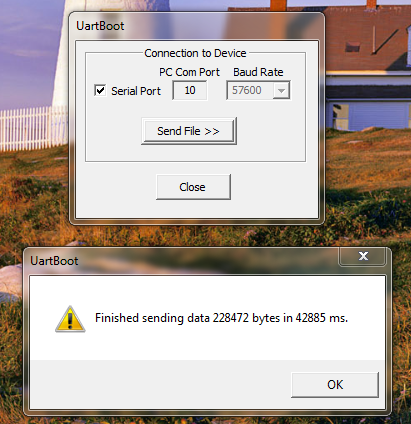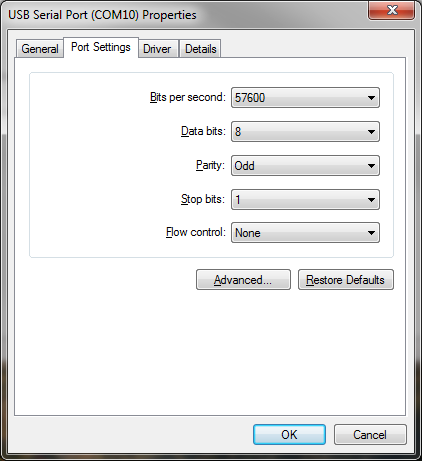As per the "Using_the_TMS320C5535_34_33_32_Bootloader_sprabl7b" document, the unencrypted boot image's 1st word is 16 bits of boot signature and its valid entry is 0x09AA.
I have my application image which has the above signature as the 1st word.
But when I try to send the image through UartBoot.exe, I get an error saying could not open the file or could not send the file.
But in one of the older posts some one had mentioned of some cleaner.bin image and when I tried loading that image through UartBoot.exe, it successfully loaded. But the strange part is that cleaner.bin doesn't have any of the valid signatures as given in the Using_the_TMS320C5535_34_33_32_Bootloader_sprabl7b document. It has instead 0x0000 as the 1st word.
What am I missing here..? How do I load my image through UART..?
Thanks & regards,
Ashok




